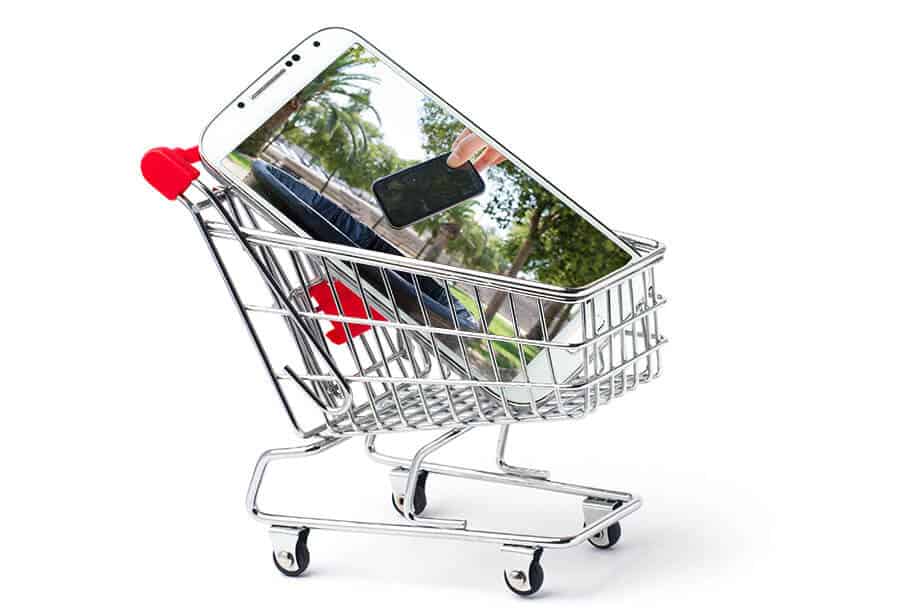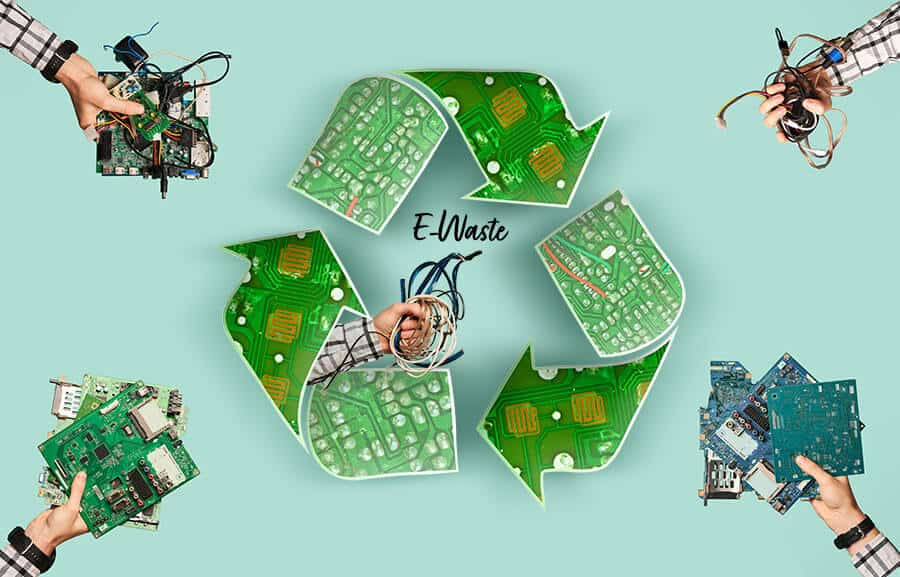When thinking about things that are a threat to the environment, we commonly tend to think of plastic bags, pollution, or cutting down trees. Of course, all of these are valid concerns when talking about the negative impacts we see on our environment. However, in this article, I will direct your attention to other factors that are just as detrimental to the environment. Every day, little by little, we are increasing the already alarming amount of electronic waste (henceforth e-waste) – meaning all discarded electrical or electronic devices.
To encourage awareness of our environment and the actions required to protect it, we here at Youth Time are observing World Environment Day, marked annually on June 5, by elaborating on e-waste.
Throughout this piece we will discuss why and to what extent e-waste poses a serious threat to the environment and to our health. Also, we will learn about the best possible ways to stay responsible and avoid making matters worse.
Why the E-Waste Problem Is Significant
In previous pieces we have discussed the growing presence of technology in our everyday lives. We are witnesses that technology has (and probably will continue to have) a huge impact in the workplace, in relationships, in hiring processes, in human to human communication, in the field of journalism, and in many other ways. All of which is only possible due to the innumerable devices that, over time, turn into e-waste.
The amount of e-waste is expected to increase to 52.2 million metric tonnes [57.54 metric tons], by 2021. This far-reaching problem is huge and significant because, as will be examined later in this piece, it has serious health implications. Its toxic materials damage the land, air, and atmosphere; and as it is being shipped overseas to poor nations, e-waste also negatively affects marine life.
One Person Equals More Than Four Devices
According to research conducted by Business Insider, more than 24 billion internet-connected devices will be installed around the world by 2020. To put it simply, that’s more than four devices for every human now living on the planet.
Illustratively, one of these four devices might be your newly-bought smart phone, which you bought even though you had a perfectly functioning old one. Perhaps, you bought it at the end of the year – it’s the time when prices drop. Usually, as prices drop, consumption increases and as an end result so does e-waste.
When is the right time to buy a new device, and what you should you do with the old one?

In this article, Renee Cho, staff blogger for the Earth Institute at Columbia University among other responsibilities, briefs Youth Time readers about how the general public and individuals can do their part by not buying a new product until it is really necessary. She will also discuss recycling and refurbishing such devices.
Having written over 150 blogs on a broad range of topics for the State of the Planet website, she explains how exposure to the toxic materials in e-waste can result in birth defects, brain damage, and other serious health issues.
So far in 2020, over 20 Million Tons of E-Waste Have Been Thrown out
Environmental blogger Cho begins her discussion with Youth Time by explaining that e-waste is a threat to the environment and to human health, largely because there is no organized, mandated, and sustainable way to recycle the enormous and growing amount of e-waste that is discarded every day around the world.

“Eighty percent of e-waste ends up in landfills or is recycled informally, usually by hand in developing countries. Using primitive methods, these informal recyclers burn devices to melt away non-valuable materials, use mercury and acids to recover gold, and take devices apart to collect silver, copper, platinum, palladium, lithium, cobalt, and other valuable elements.”
Often they do not realize they are handling dangerous materials and do not take precautions to protect themselves.
As a result, Cho continues, they come into contact with toxic materials in the e-waste such as lead, cadmium, chromium, brominated flame retardants, or polychlorinated biphenyls (PCBs). Exposure to these toxins can result in birth defects and damage to the brain, heart, liver, kidney, skeleton, and nervous and reproductive systems.
“Even in more developed countries, when e-waste is burned, it releases toxins into the air that we breathe. And if e-waste is discarded in landfills, the chemicals can leach into groundwater and aquifers and ultimately enter our food chain.”
Additionally, Cho brings up Global E-Waste Monitor, a report produced in 2017 by the United Nations University, the International Telecommunication Union, and the International Solid Waste Association, which projected the following:
“The amount of e-waste is expected to increase to 52.2 million metric tonnes [57.54 metric tons], by 2021. So far in 2020, over 20 million tons of e-waste have been thrown out; this month alone, more than 3,600,000 tons have already been discarded.”
Act up: How Can We Reduce E-Waste?
Cho is of the opinion that governments need to institute laws that mandate the recycling of e-waste and forbid it from being discarded in landfills or sent to developing countries.

“But to make this effective, they need to create viable and robust e-waste recycling systems that do not harm the environment or human health. This would likely entail setting targets and providing financial support for systems that collect e-waste and for recycling plants.”
She further asserts that governments should also establish “producer responsibility” laws that would require manufacturers to collect and recycle their products at the end of their useful lives.
According to her, NGOs also can play a role by educating the public about the problems of e-waste and the possible solutions.
“They [NGOs] can encourage consumers to lobby their governments to pass laws requiring responsible and safe e-waste recycling. They can also train workers to refurbish electronic products so that they can be donated to organizations that need them.”
In her words, the general public and individuals can do their part by not buying a new product until it is needed. In respect to Youth Time’s question as to the ways we can reduce e-waste, she shares the following bullet points:
- Store your data online so you need less hardware.
- Before shopping for a new product, first see if your product’s hardware or software can be upgraded
- Try to get a non-functioning product repaired; if it can’t be fixed, recycle it responsibly.
- Repurpose outdated electronics: old mobile phones can be used as GPS devices or mp3 players.
- Donate or sell old working devices.
- If buying, choose a store or brand that offers a buyback program for electronic devices.
- Opt for a new device with multiple functions.
- Care for your electronic devices by keeping them clean and not overcharging the battery.
- Spread awareness about the e-waste problem to others.
It would be a challenge to pick the worst impact of e-waste on the environment, since e-waste affects us negatively in so many ways.
Certainly, it is not fair to blame all the e-waste issue on consumers – they often face situations where buying is cheaper than repairing, or when after a short period of time a device is slowing down. Even more certainly, we are not here to blame it on anyone in particular, on the contrary, we are here to contribute toward awareness-raising about the importance of saving the environment and maintaining an ecological lifestyle.
Since e-waste remains a high-ranking threat for our environment and for each of us individually, our response should find us united as one voice, regardless of the circumstances.
Photos: Shutterstock, Renee Cho / Photomontages: Martina Advaney
Support us!
All your donations will be used to pay the magazine’s journalists and to support the ongoing costs of maintaining the site.
Share this post
Interested in co-operating with us?
We are open to co-operation from writers and businesses alike. You can reach us on our email at [email protected]/[email protected] and we will get back to you as quick as we can.










